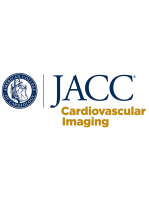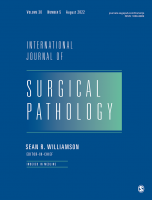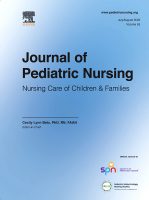 The Library has subscribed to a new journal, JACC: Cardiovascular Imaging. This journal covers aspects of cardiovascular imaging and includes original clinical research on non-invasive and invasive imaging, techniques including echocardiography, CT, CMR, nuclear, optical imaging, and cine-angiography.
The Library has subscribed to a new journal, JACC: Cardiovascular Imaging. This journal covers aspects of cardiovascular imaging and includes original clinical research on non-invasive and invasive imaging, techniques including echocardiography, CT, CMR, nuclear, optical imaging, and cine-angiography.
JACC will appeal to practicing clinicians by highlighting imaging modalities within the “imaging continuum,” helping clinicians navigate through “modality parochialism” to scientifically identify which modality works best in what situation, and to eventually develop “imaging algorithms.”
 The
The  publish evidence-based practice, quality improvement, theory, and research papers on healthy and ill infants, children, and adolescents. JPN also features the regular column “Hot Topics and Technology,” for which authors may submit brief papers.
publish evidence-based practice, quality improvement, theory, and research papers on healthy and ill infants, children, and adolescents. JPN also features the regular column “Hot Topics and Technology,” for which authors may submit brief papers.